
30 May Rendering: Inspired Placemakers
He’s designed some of Aspen’s most elegant contemporary homes, received dual master’s degrees from Columbia University and travels regularly to China to oversee his firm’s latest project (a golf resort community), but architect Larry Yaw — a founding partner at Cottle Carr Yaw Architects in Basalt, Colorado — credits his small-town upbringing in Great Falls, Montana, for igniting his passion for architecture. “At a young age, I became fascinated with the direct and simple nature of rural building forms in Montana,” Yaw says. “My parents truly valued art, nature and outdoor experiences, and they encouraged me to express myself in painting and sketching — which I still enjoy today. I’ve learned that one discipline feeds the other.”
After earning his undergraduate degree at the University of Washington, Yaw completed his graduate work at Columbia and received a pair of master’s degrees in architecture and urban design. While he enjoyed the energy of Manhattan, he missed the high country — especially the ski slopes — so he and wife, Phyllis, traveled to Aspen, planning to stay for just a few months. “Then one day we met a guy on the chairlift who wanted to build a new home, and he became our first client,” Yaw recalls. The rest, as they say, is history.
Today, Cottle Carr Yaw Architects Ltd., which employs 25 professionals and is guided by three partners, has received more than 100 design awards, including the AIA’s Architectural Firm of the Year for the Western Mountain Region in 1995. Over the course of three decades the firm has designed more than 150 custom single-family homes and a variety of commercial projects ranging from residential developments to recreation and hospitality projects, many in the western United States.
Yaw is quick to bring a plural focus to any conversation about CCY Architects. “It’s impossible to talk about the firm without giving broad credit to my partners and collaborators John Cottle, Rich Carr and the rest of our studio team,” he says. “We may each take on individual clients and projects, but individual authorship is not a concern of our firm; ideas are. We create a working environment where new ideas count, which in turn inspires fresh and innovative solutions.”
Most of CCY Architects’ clients are referrals or people who are already familiar with the firm’s work. The process begins with an initial consultation, and Yaw says, “We consider those early interviews as two-way streets. We want our clients to be collaborators and valuable team members, and they usually choose to work with us because they’re explorers in their own domains who tend to have the artistic courage to explore with us. They’re generally adventurers, and that’s a good fit for us. We purposely don’t have a ‘signature’ style. Each client, site, time and place describes a highly unique set of conditions, and we think that uniqueness should express itself in architectural form.”
To develop the initial, conceptual design of a project, the key design team gathers at the building site for a charrette — an intensely focused collaboration session. “The sketches we develop, the initial floor plans and site references become established philosophic reference points,” Yaw explains. “The charrette energizes and relaxes the architect-client relationship. The initial investment of hours saves time in the long run and keeps the momentum going. Most importantly, the process works.”
Yaw recalls a particularly enjoyable and successful alliance with a client in Aspen. “We were conceptualizing a contemporary home for an attorney and his family on a site tucked into a hillside with stunning mountain views and solar exposure. The experience of working with the client was one of exploration, open dialogue and collaboration; we discovered our hearts and minds were of the same resolve. The home that evolved from that process is a series of layered glass, steel and concrete, and it is expressive of the lifestyle of a comfortably modernist family.”
“Larry’s an inspired architect, and he also became my friend,” says the client. “When we decided to build in Aspen we interviewed a number of architects, but the thing that was different about Larry was that he listened. As an attorney, I know how important listening is. My wife and I developed such confidence in Larry and his team; we said, ‘Here are the principles of what we like, and you can take us as far into the process of discovery as you want to go.’”
“We call the architectural process ‘place making,’” Yaw says. “To me, it’s a more expressive term about creating enduring architecture. At the same time, we believe creativity is a very disciplined and rigorous process that includes exploring and testing ideas to make sure each project factor is artfully integrated.”
About half of CCY Architects’ work is commercial, from large scale communities to hotels, lodges, clubs and resorts. The firm is currently working on new boutique hotel projects in Mammoth, California, and South Lake Tahoe, which Yaw credits to CCY’s many years of designing single family homes. “The choreography of our hotel work is woven around our residential experience,” he says. Sustainable design has also been a perennial core value of CCY’s work; the firm created the first passive solar airport terminal in Aspen. Yaw says, “We used to call it ‘energy efficiency’ in the ’70s, but no matter what you call it we’ve always considered sustainability a smart strategy.”
Eight years ago, CCY Architects designed an especially collaborative project — their own office building in Basalt. “We decided to build here because it was closer to where everybody lives,” Yaw says. “We don’t have individual partners’ offices; instead, we’re like a big, professional family in one large open space. We each happen to enjoy spending time outdoors, from skiing and hiking to backpacking and ice climbing; we’re all invigorated by the mountain lifestyle, and I believe that invigoration has overtones that go deep into the fabric of architecture. Because we live the dream, we think it’s important that our work restores connection to the natural world.” That ethic and those values are evident throughout the building, from the industrial forms and sustainable materials to the inspired Western vernacular.
At the end of the day, Yaw still enjoys the painting and sketching his parents encouraged back in his Montana youth. “What I’ve learned from oil painting is to let the painting inform its own outcome,” he says. “The same is true of architecture when your sensibilities are in the right place. As you explore design, doors open and reveal opportunity to engage those informing imprints on the evolving work. If you’re not afraid to learn something unexpected or be surprised, you’ll find that you do in fact, continue to be open to the discovery of new things.”
Eliza Cross is a Senior Contributing Editor for Western Art & Architecture and the author of four books, including the award-winning Family Home of the New West (Northland Publishing, 2006). A member of the American Society of Journalists and Authors, she has written more than 200 articles for a variety of national and regional publications.
- CCY Architects partner Larry Yaw. Photo: Pat Sudmeier
- CCY Architects partner Rich Carr. Photo: Pat Sudmeier
- A nook for a bar was designed just off the living room, creating a highly functional space for entertaining. Photo: David Marlow
- A stone exterior grounds the building in the open alpine meadow, with landscaping kept at a minimum for unobstructed 360-degree views. Photo: David Marlow
- The upper level of the firm’s design studio has a large, open floor plan which “expresses the value of collaboration,” Yaw says. Photo: Pat Sudmeie.
- A 100-foot curved red wall terminates in the living room of this Telluride residence. Floors are covered with reclaimed Southern pine, and a custom patina steel fireplace warms the room. Photo: Chris Giles
- In the living room, an expanse of glass affords magnificent views of Telluride’s Mountain Village; the walls are tipped so the interior lighting doesn’t reflect off the glass at night. The massive double-sided fireplace is steel and stone. Photo: David Marlow
- retractable partition that can be pulled down in cold weather to separate indoor and outdoor spaces. Photo: Paul Warchol
- CCY Architects partner John Cottle. Photo: Pat Sudmeier
- Layers of poured form concrete ground the entrance to this Colorado residence. Mullioned glass windows frame the entry foyer, with a horizontal layer of frosted glass for added privacy. At night, the light glows from within. Photo: David Marlow
- The outdoor patio extends from the living room with views of the ski mountain; a custom steel trellis overhead has hidden heating elements to warm the space. Photo: David Marlow
- Sandstone walls and floors in the entry to this Avon home create a natural transition from the outside in. “Every space in the house in some way connects without the outdoors,” Yaw says. The stairs at the end of the foyer lead to the master bedroom. Photo: Paul Warchol






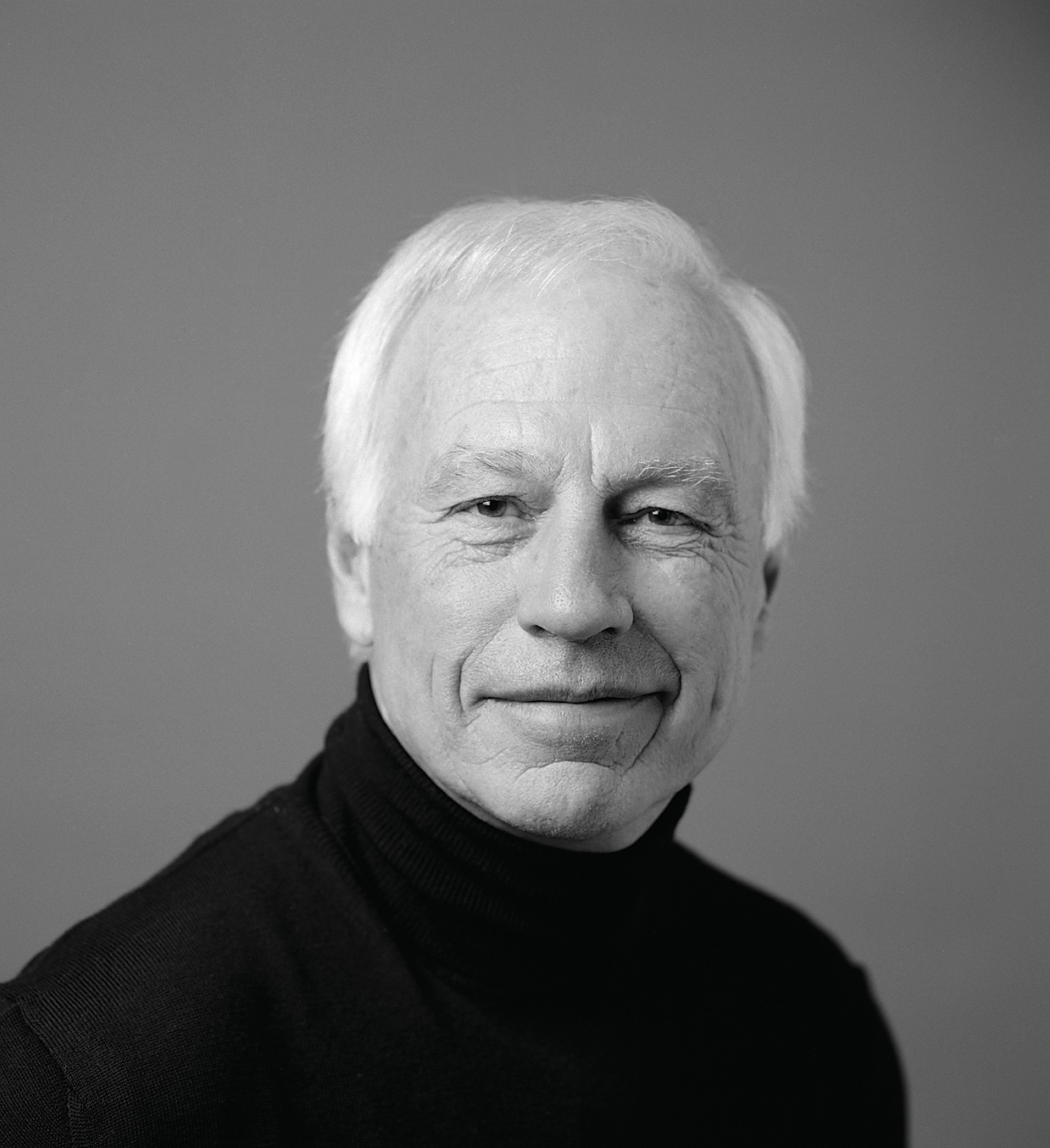

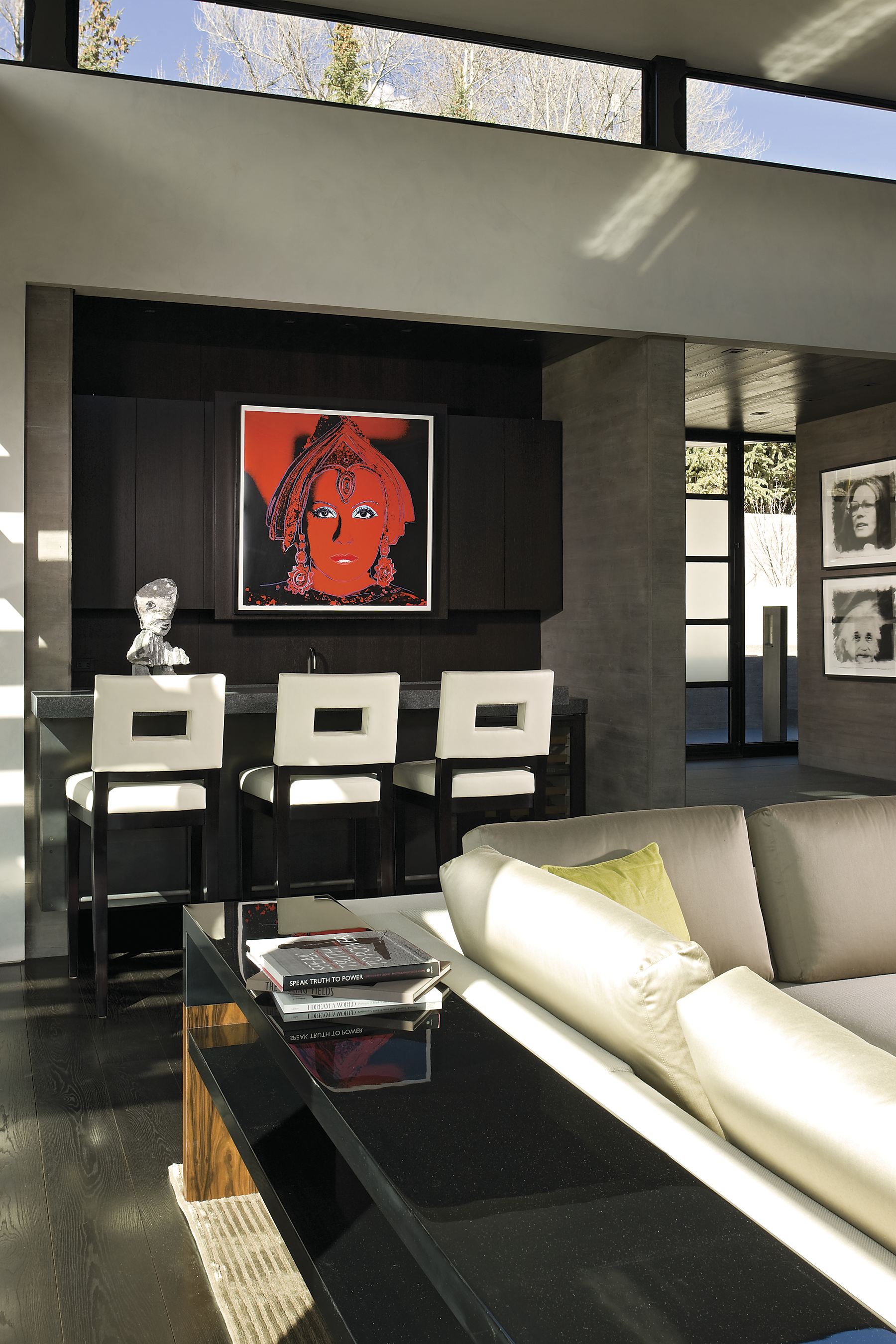
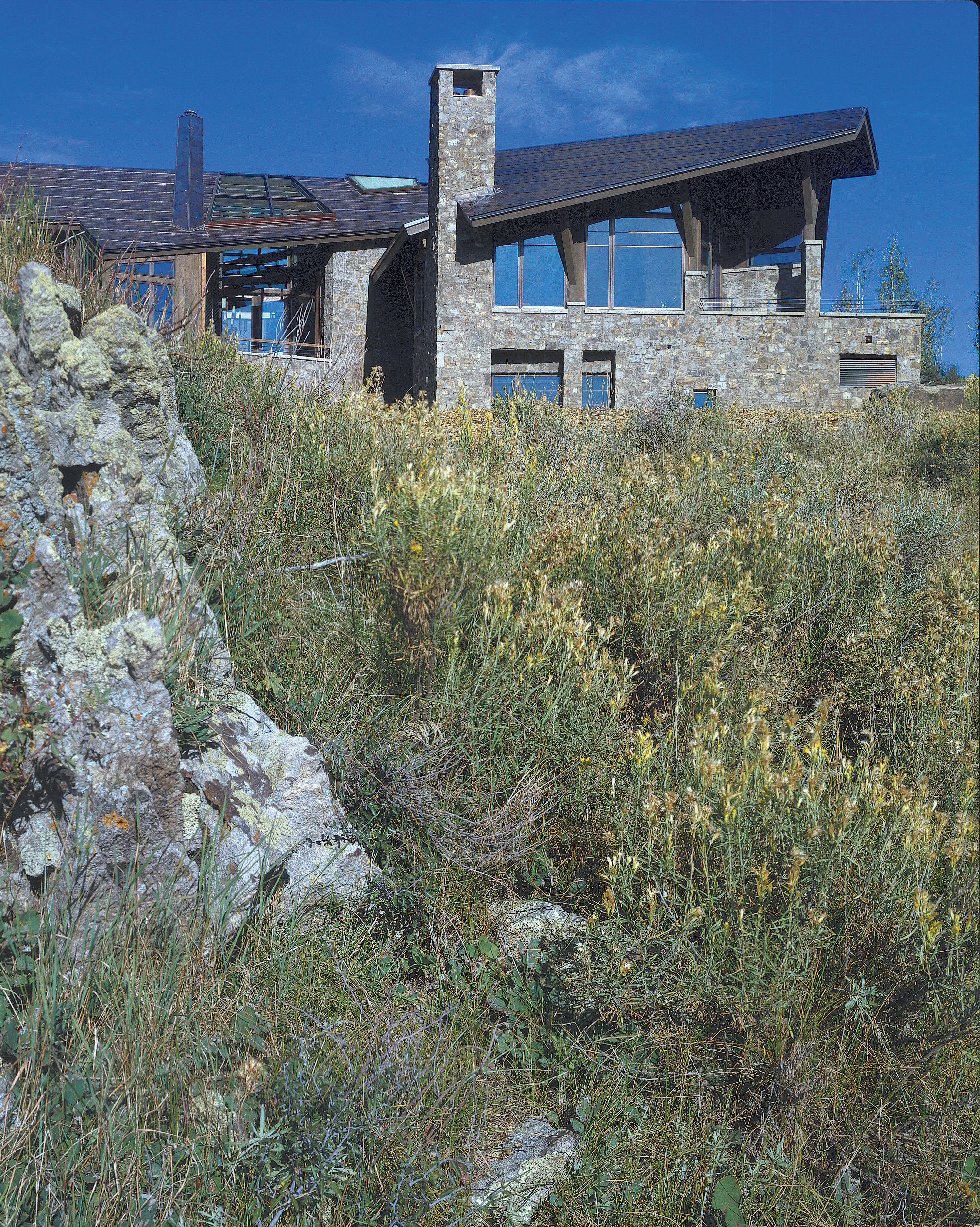
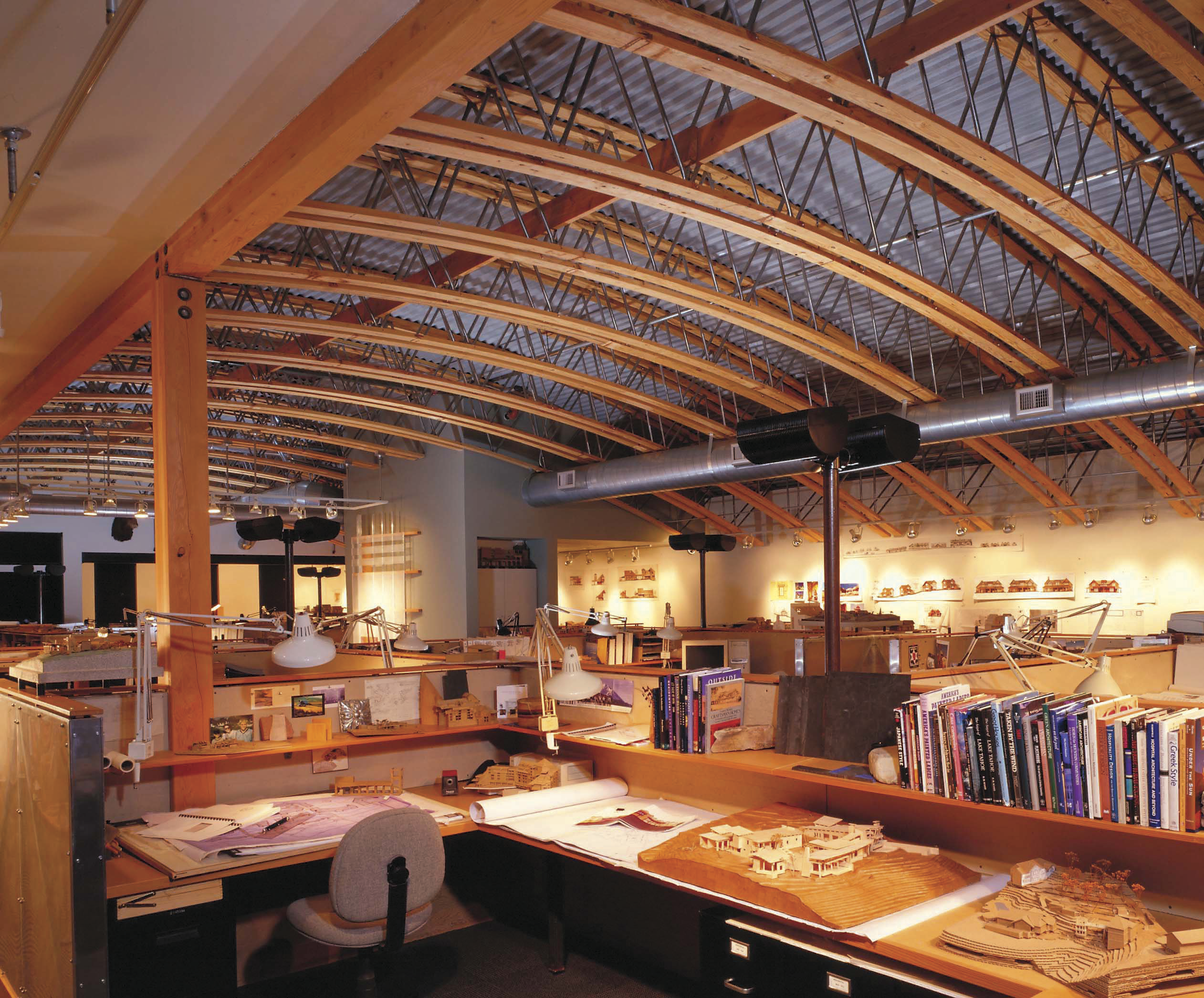
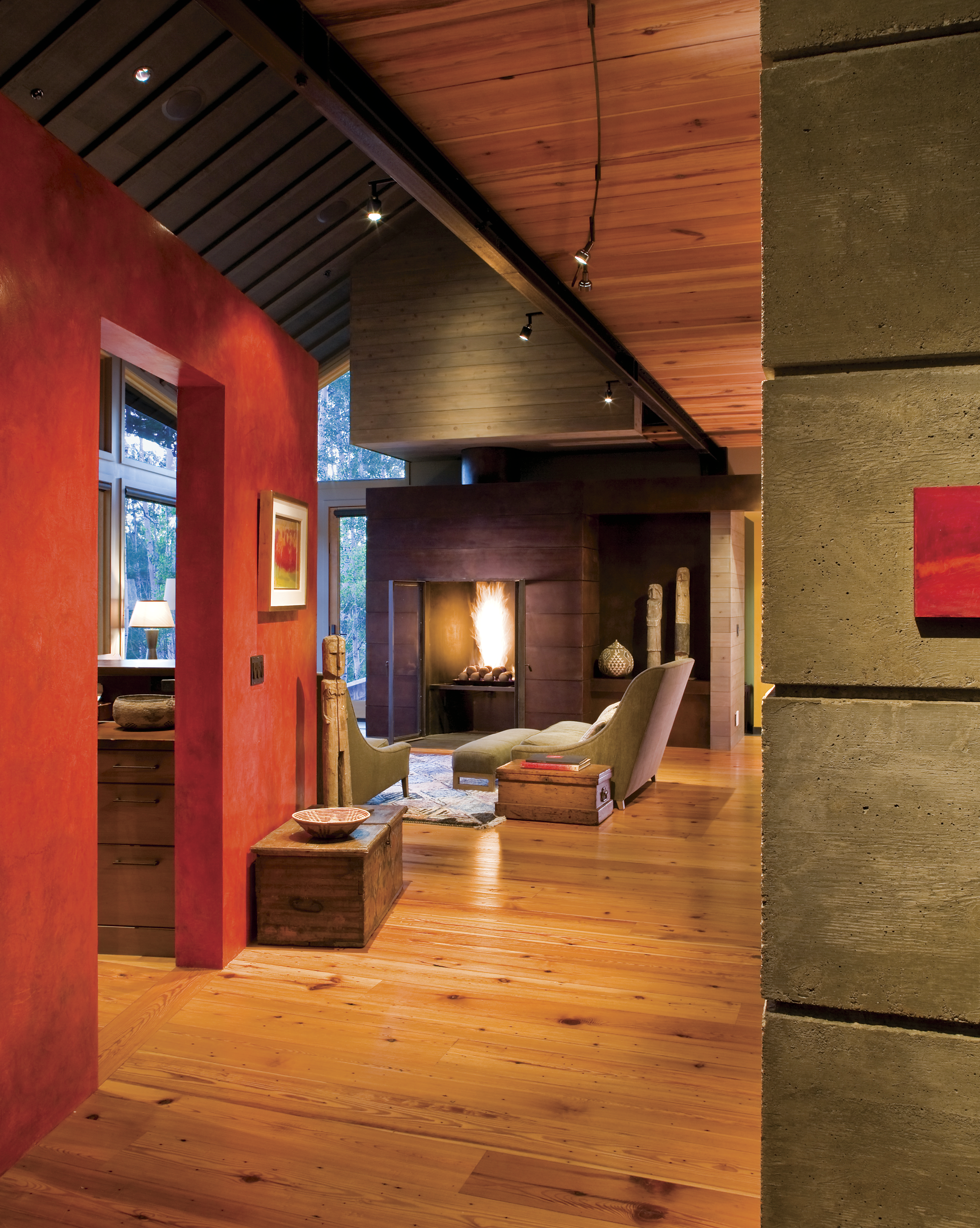
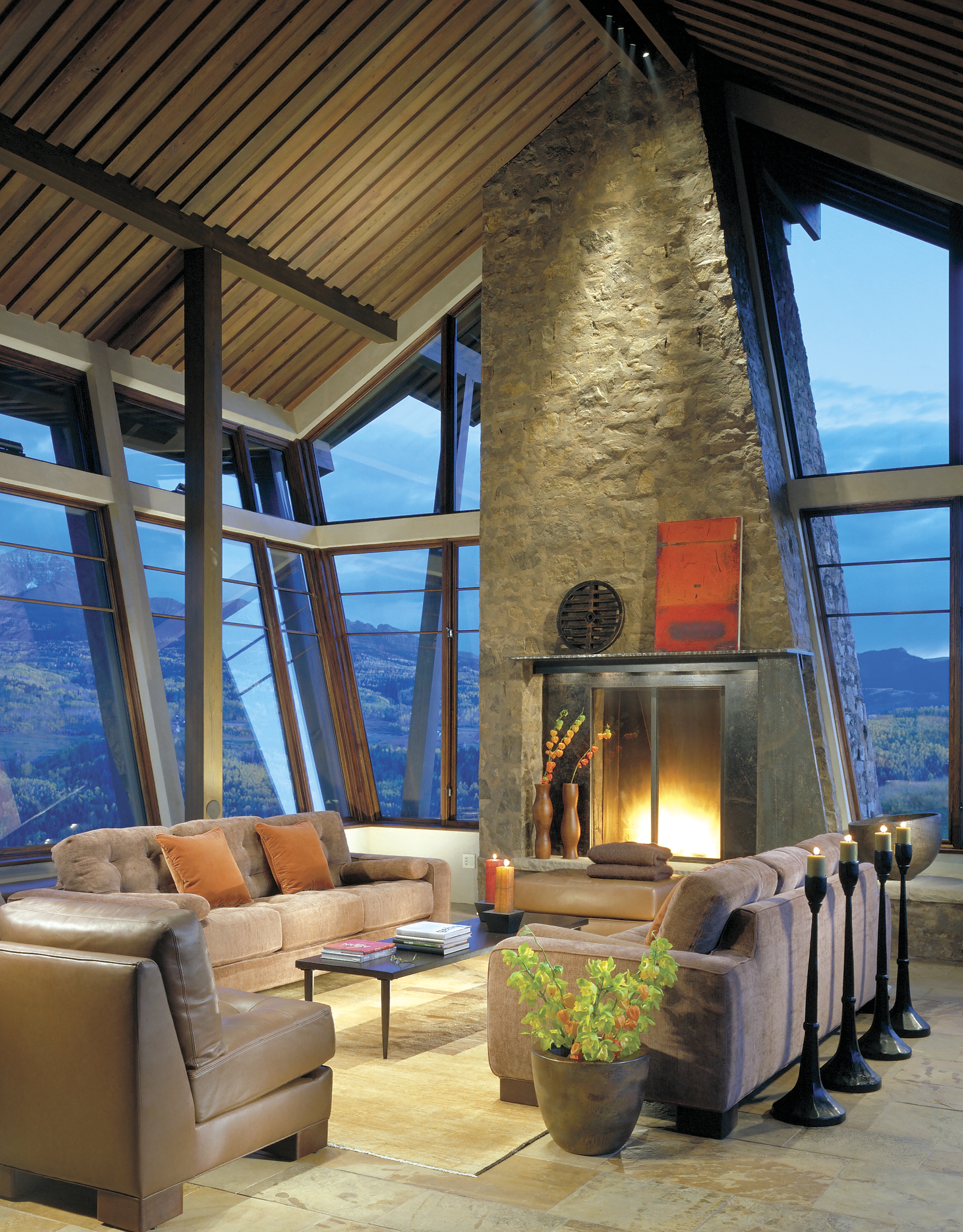
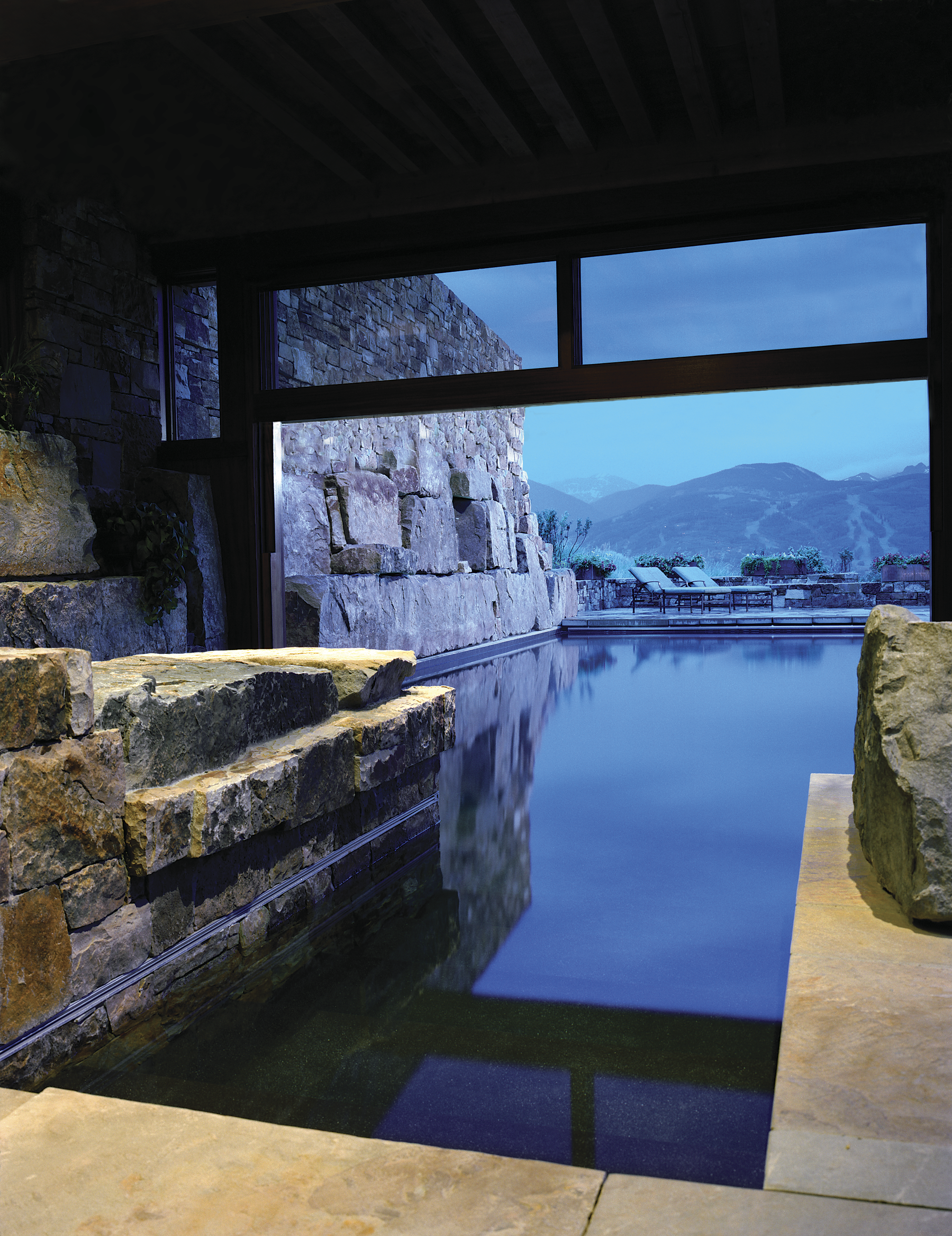
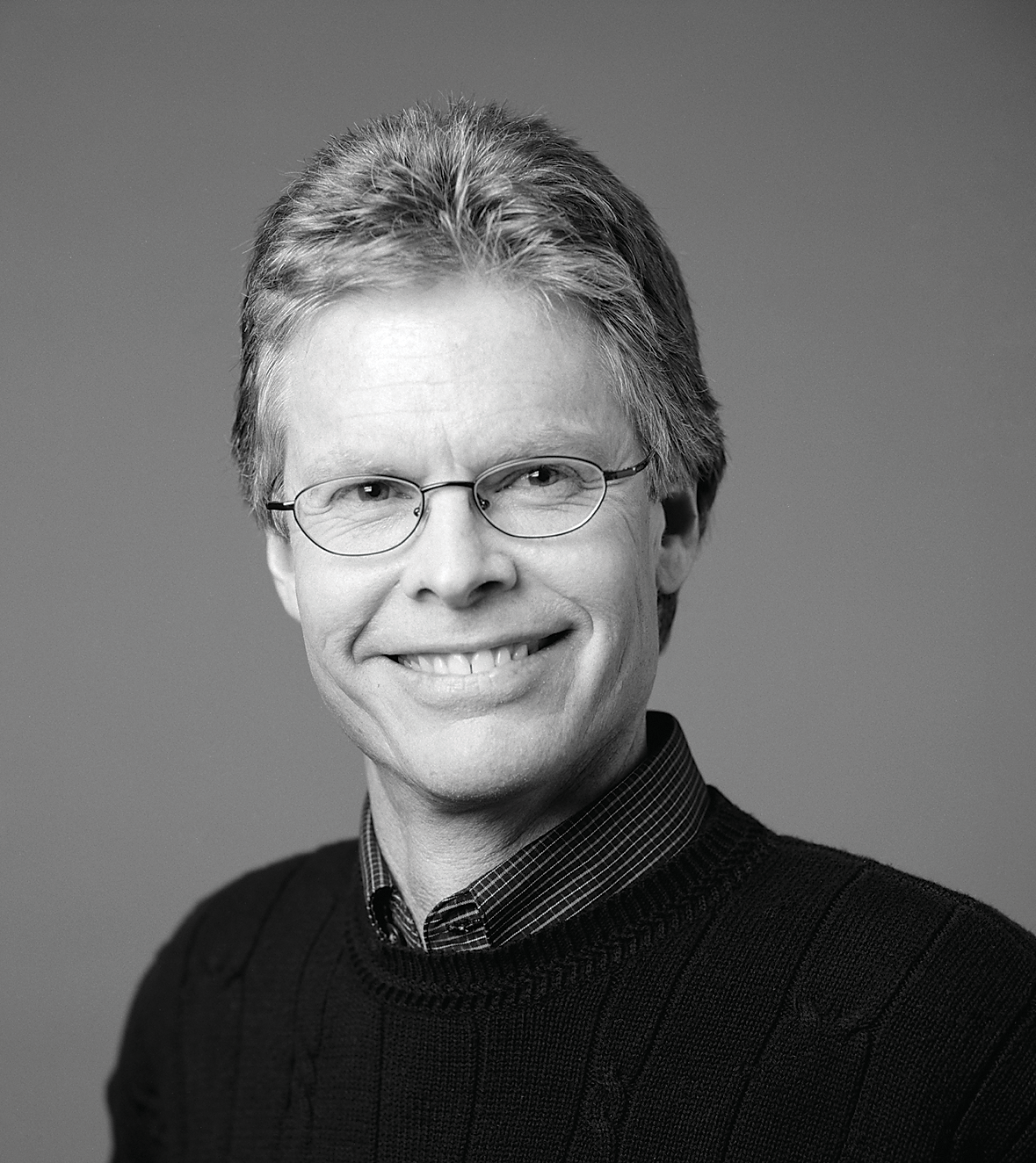
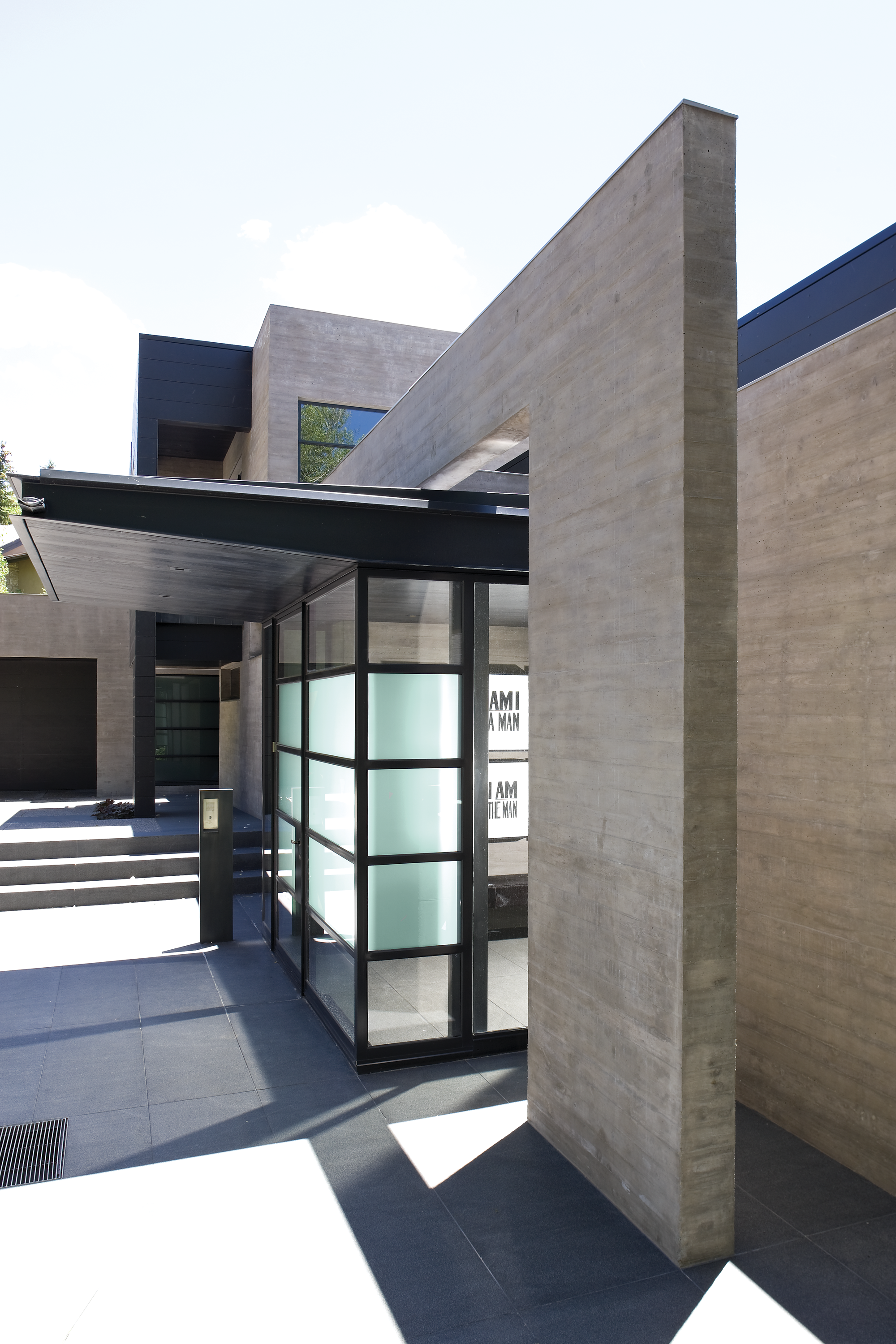
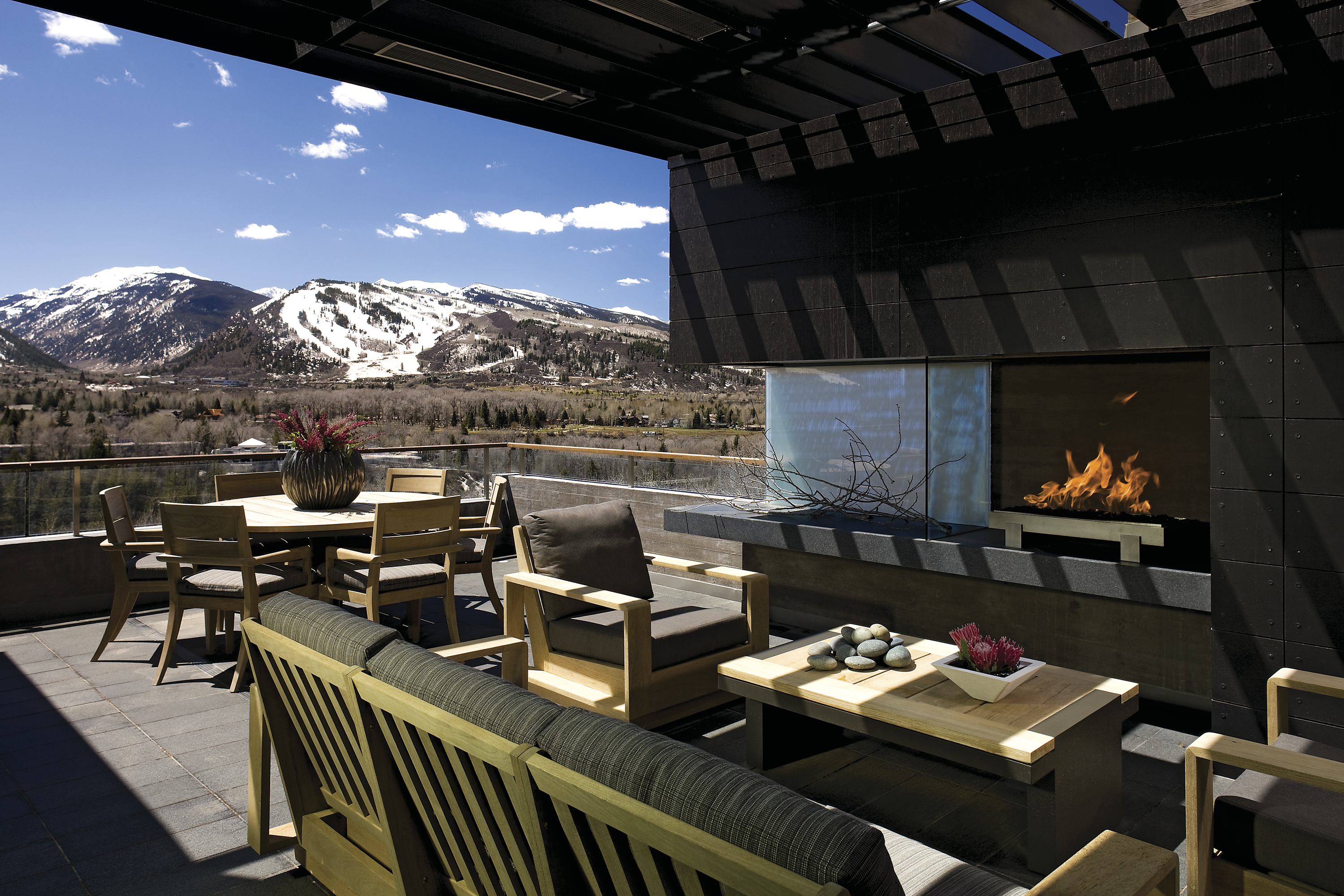
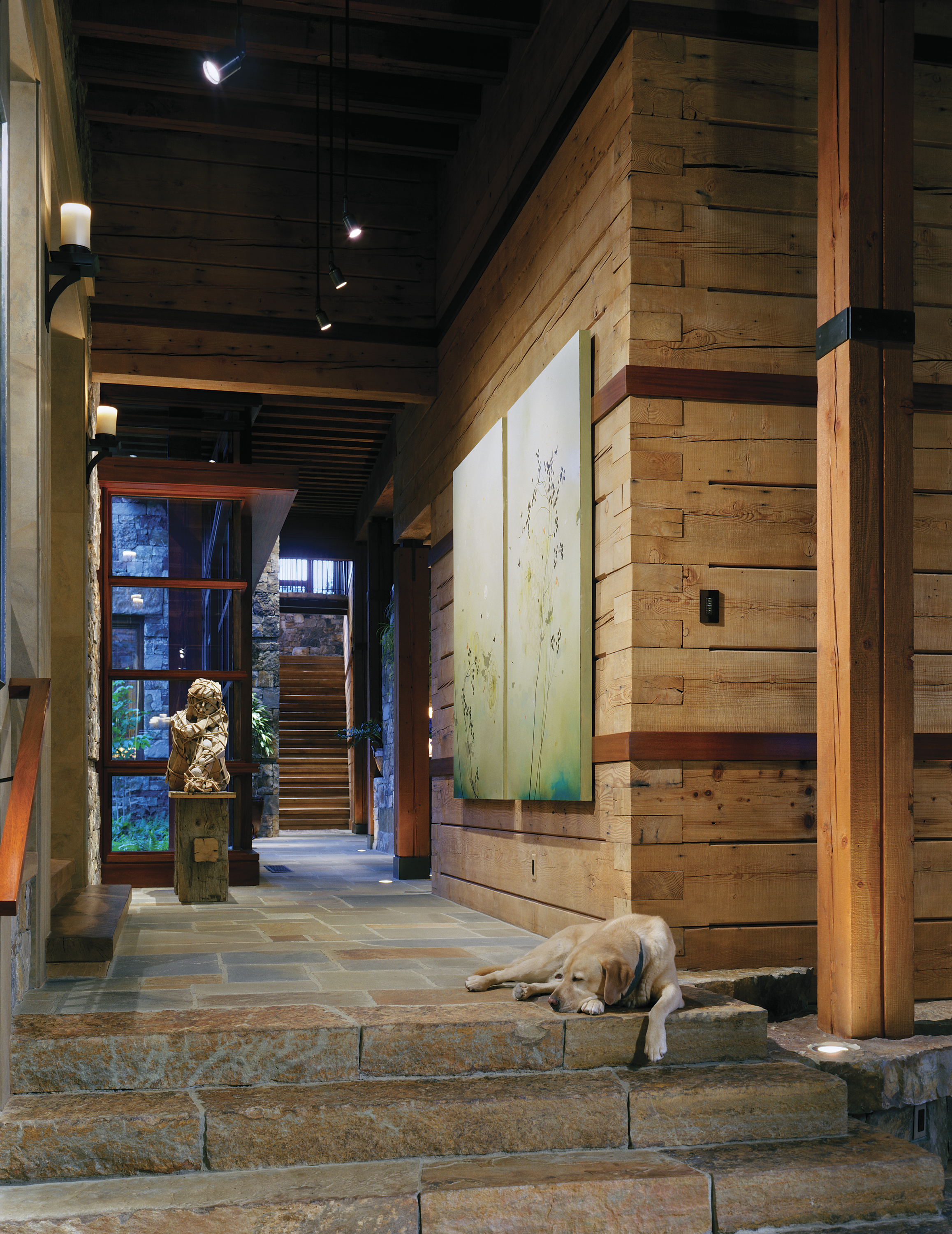
No Comments